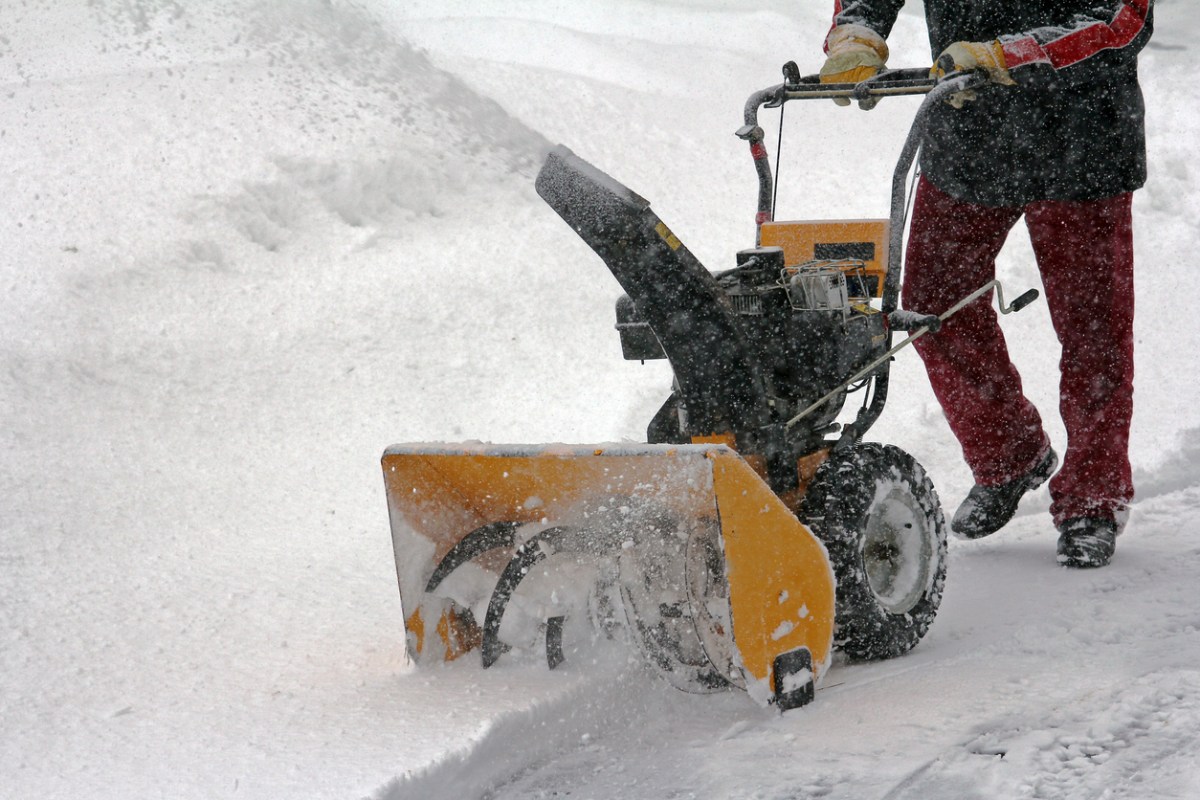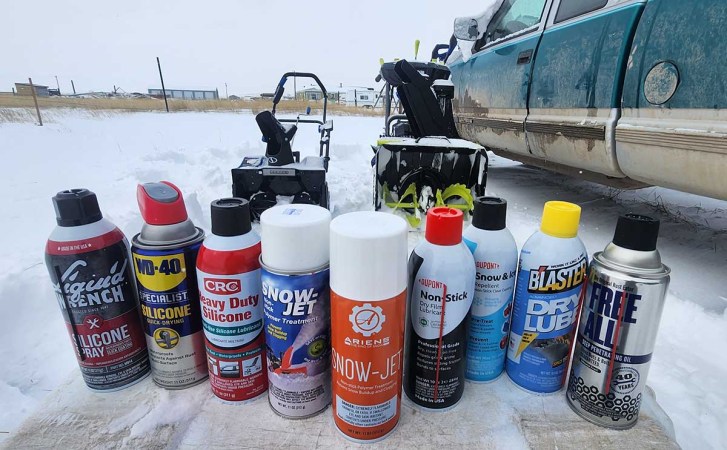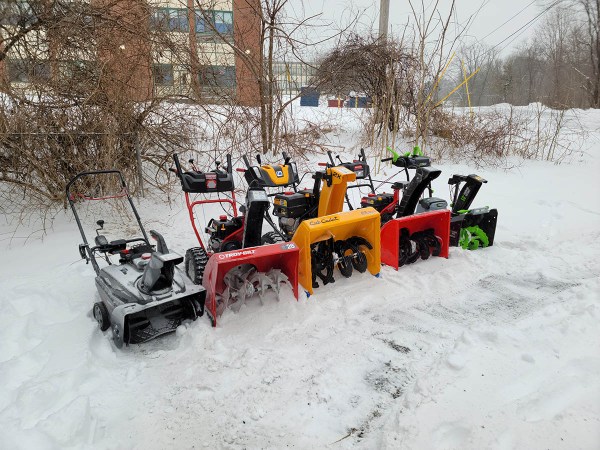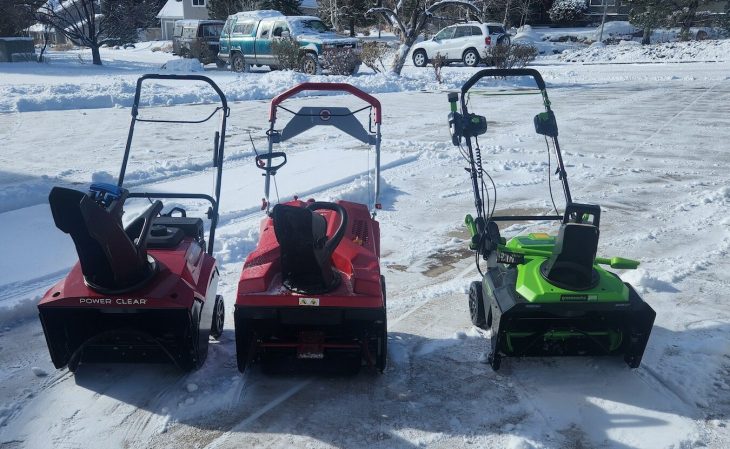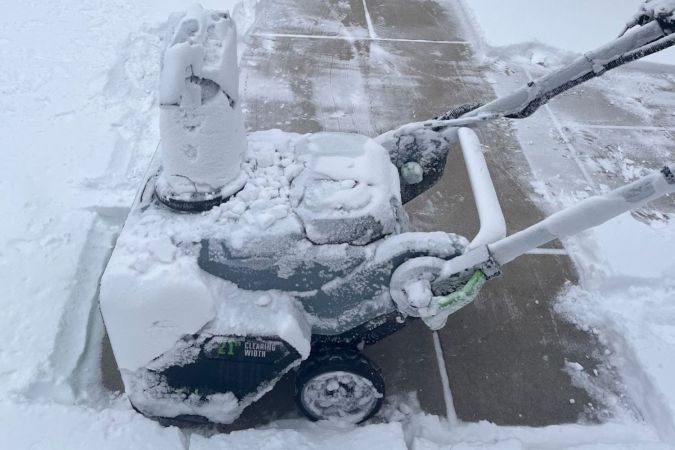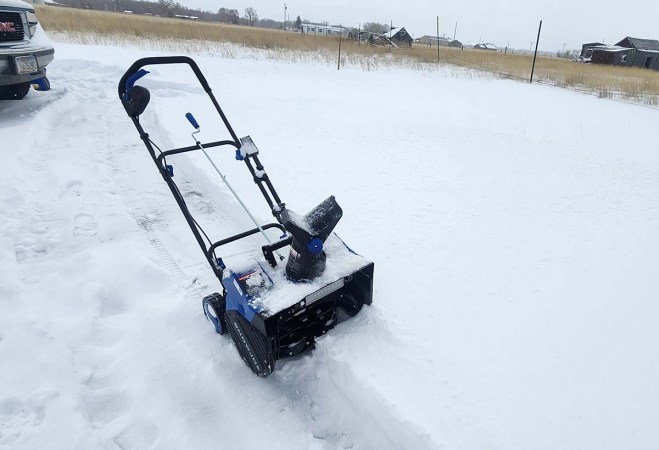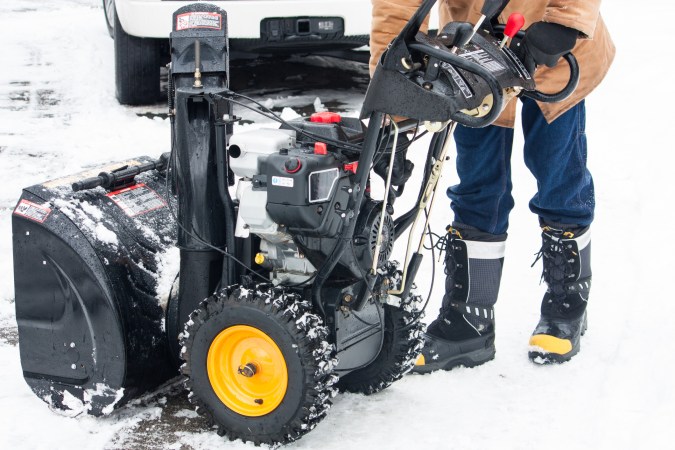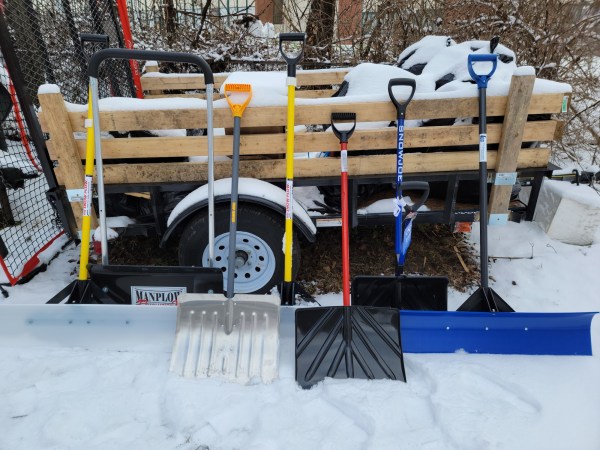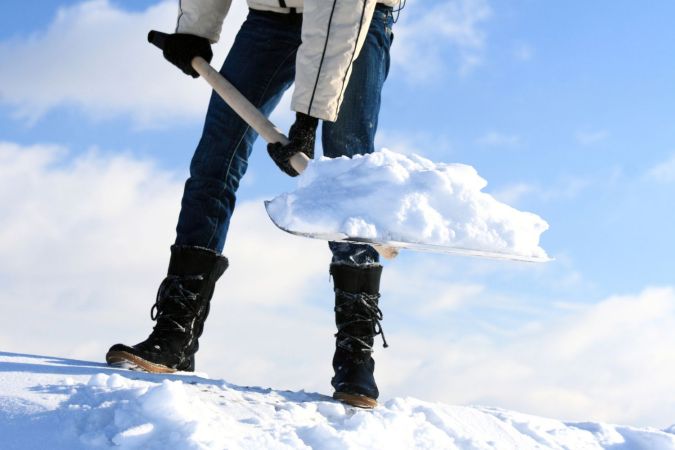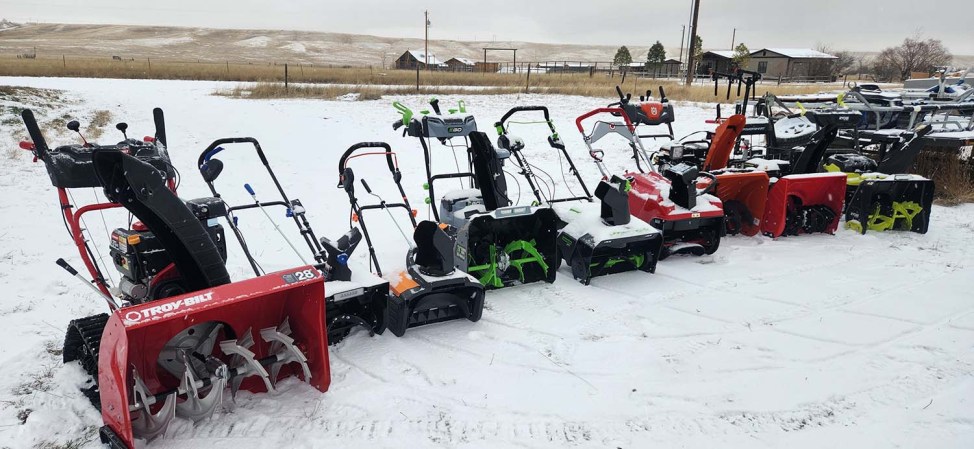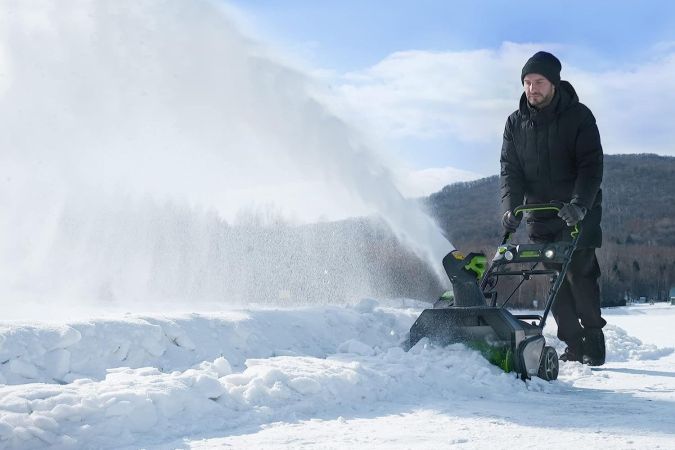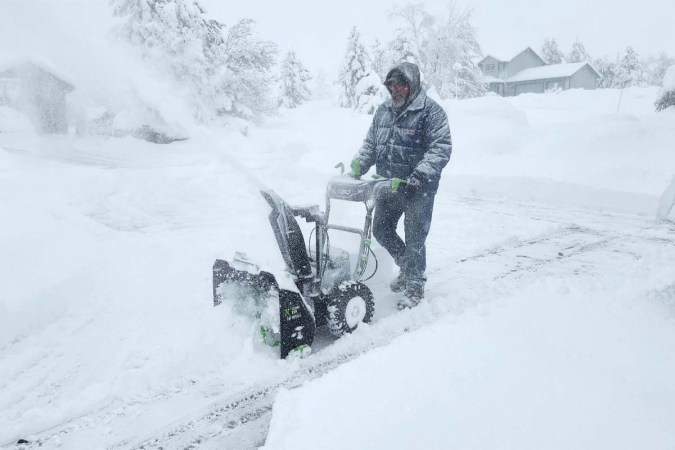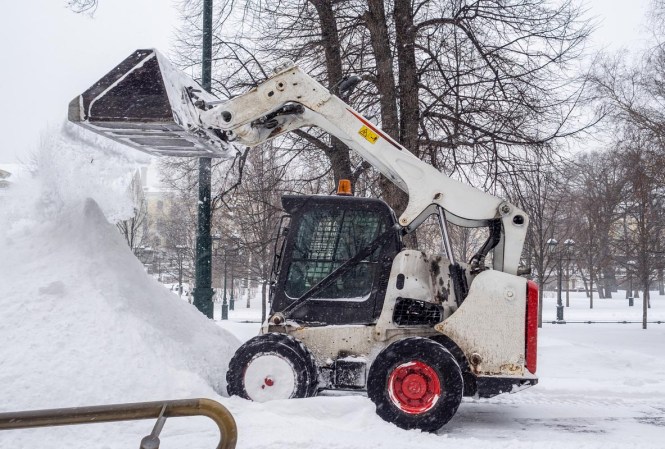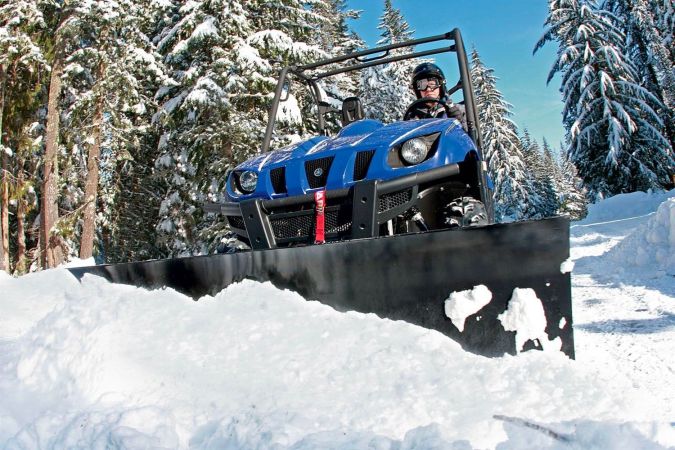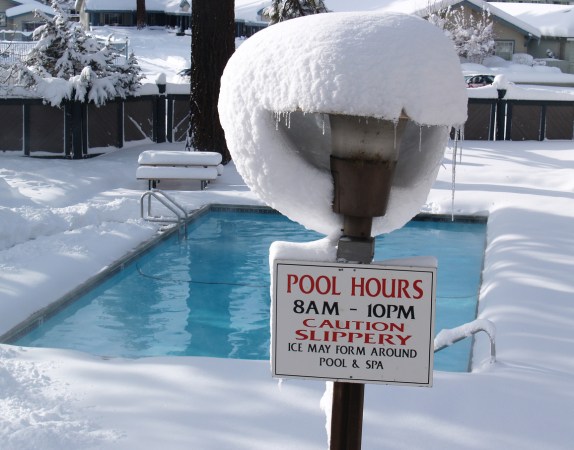We may earn revenue from the products available on this page and participate in affiliate programs. Learn More ›
Winter storms can be stunning to watch, but after the snow has hit the ground, homeowners need to worry about clearing the driveway, walkway, and sidewalk. Many homeowners choose to use a shovel to manually move the snow, but the best snow blowers can make this job easier, saving time and physical effort. However, before using a snow blower, it’s important to understand the potential risks and how to prevent accidents with proper snow blower safety. Use this guide to snow blower safety tips to learn more about how to safely operate this snow-moving equipment.
1. Inspect the area and remove any items or debris.
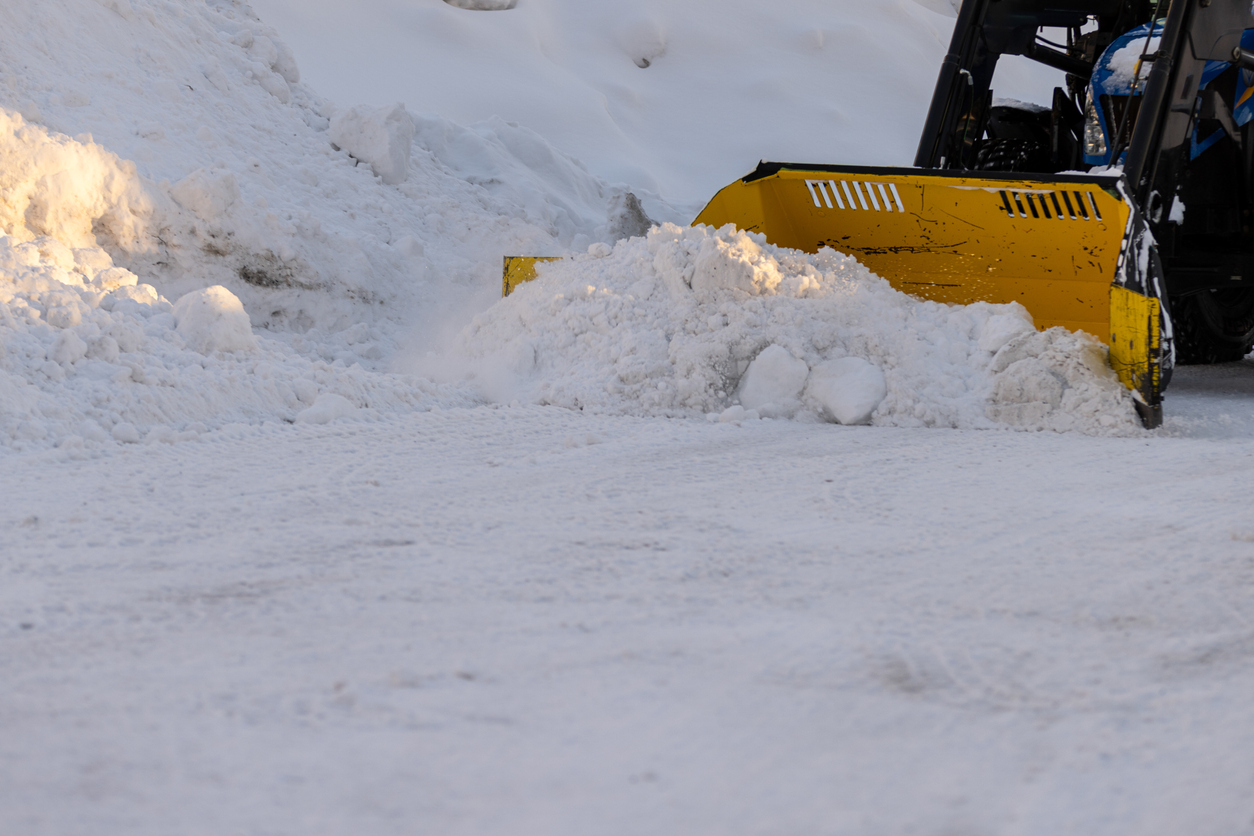
Before pulling the snow blower out of the shed or garage, it’s necessary to inspect the area where you will be using the snow blower. Ideally, homeowners already moved any items like outdoor furniture, plant containers, or debris at the start of the winter season, so that nothing has been hidden under the snow. Inspect the driveway, walk, and any other areas where you will be using the snow blower. Move all doormats, newspapers, sticks, boards, balls, pucks, and other objects that could be run over or thrown by the snow blower.
2. Create a safe zone around the snow blower.
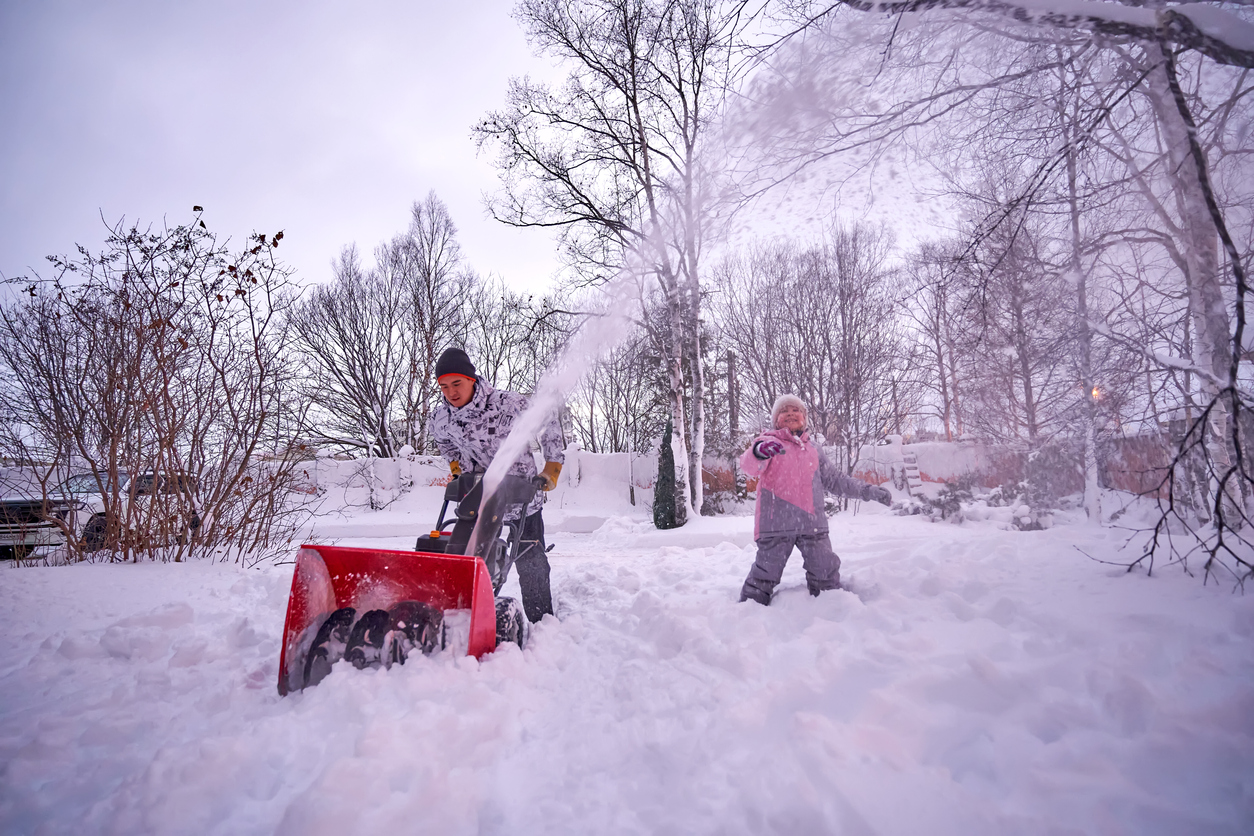
Snow can be incredibly fun to jump around in and throw. When using the snow blower, though, it’s important to keep kids, pets, and other adults away from the machine. While working, all bystanders need to be at least 75 feet away from the snow blower to avoid accidental injury.
Additionally, the homeowner should plan out in advance where blown snow will go; otherwise, the ejected snow from the chute might end back on the driveway, on the sidewalk, or thrown haphazardly in a random direction. Keep in mind that despite best efforts to clear debris, ejected snow can contain small rocks, pebbles, bits of ice, and other hard objects that could put bystanders at risk, so it’s important to avoid this dangerous snow blower mistake.
3. Take breaks when needed.
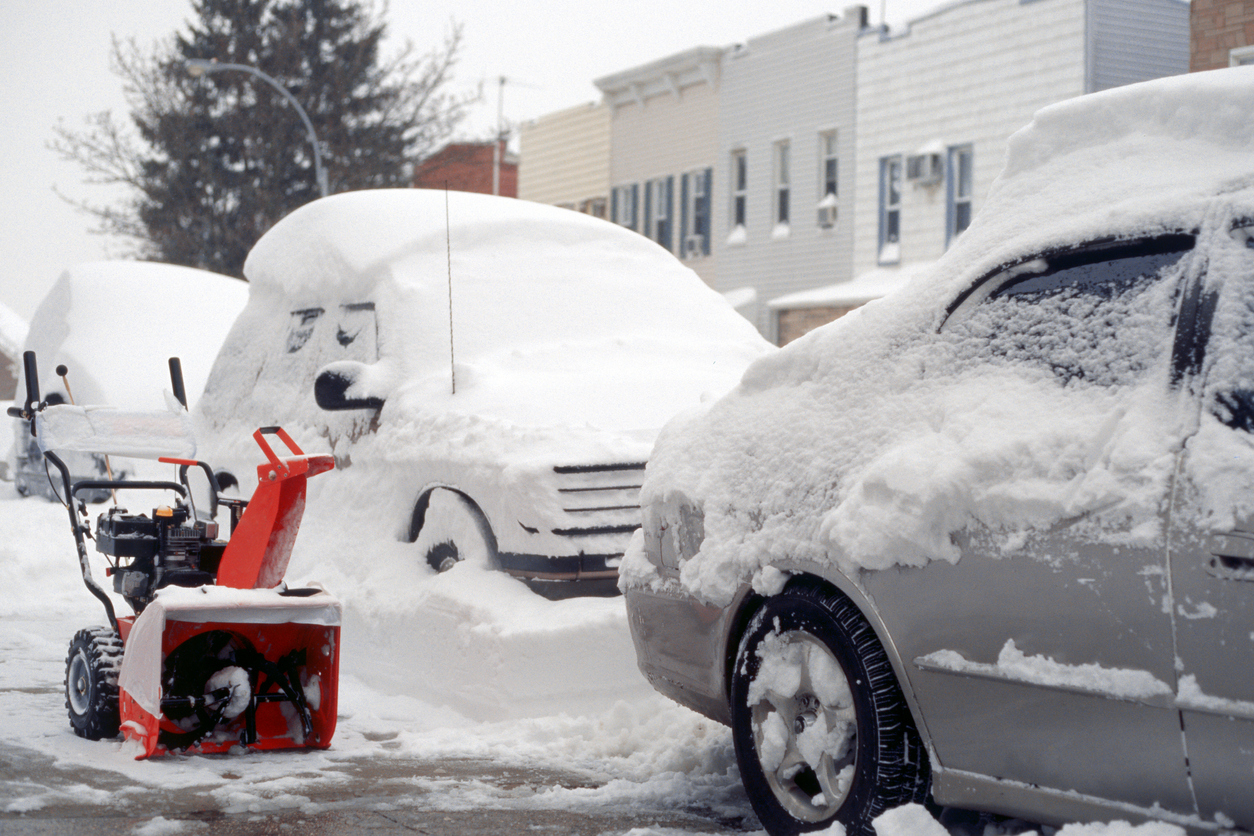
While a snow blower generally takes less physical effort to operate than shoveling the driveway or walkway, it can still be a lot of work. Treat snow blowing like you would any other type of exercise and make sure to take breaks as needed, especially if you are at high risk for heart problems.
It’s also important to wear appropriate protective clothing while using a snow blower. Put on adequate winter gear for the current temperature and conditions, including nonslip shoes or boots. Don safety goggles, hearing protection, and gloves while using the snow blower, but avoid wearing any loose clothing, scarves, jewelry, or other items that could get pulled into the rotating parts of the machine.
4. Turn off the engine before clearing a clogged chute.
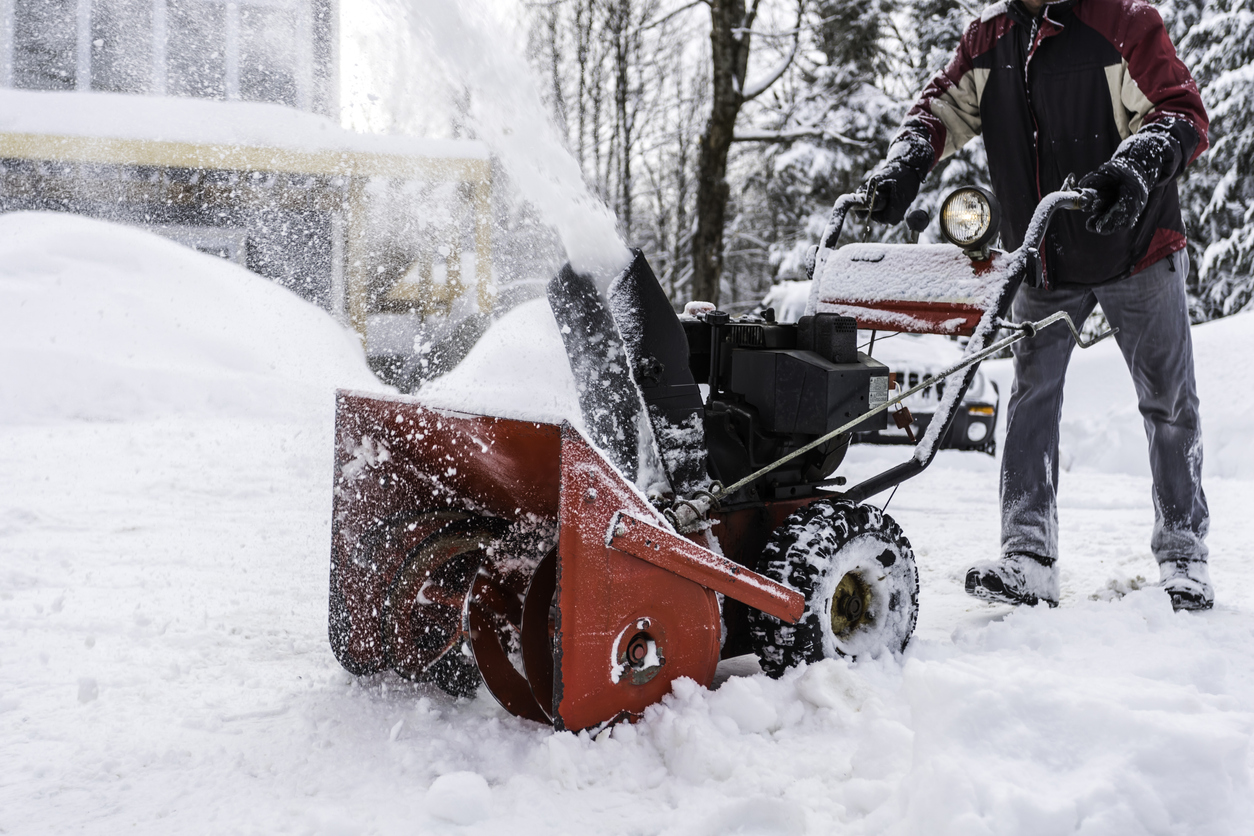
Regardless of whether you are using a snow blower or snow thrower, there is a chance that the snow can clog the chute of the machine. It can be tempting to just reach a hand in and dig it out, but this can lead to serious injury if your hand gets pulled in or even if the clog is suddenly dislodged, sending heavy snow and ice flying in your direction.
Instead, turn the engine off and stay behind the handles until the machine and all moving parts have come to a complete stop. Use a snow blower chute clean-out tool to safely clean out the snow blower chute. Generally, the snow blower will come with a clean-out tool, but if your machine does not have one, you can use a long, wooden broom handle to get the job done.
5. Keep a steady pace to help prevent clogs.
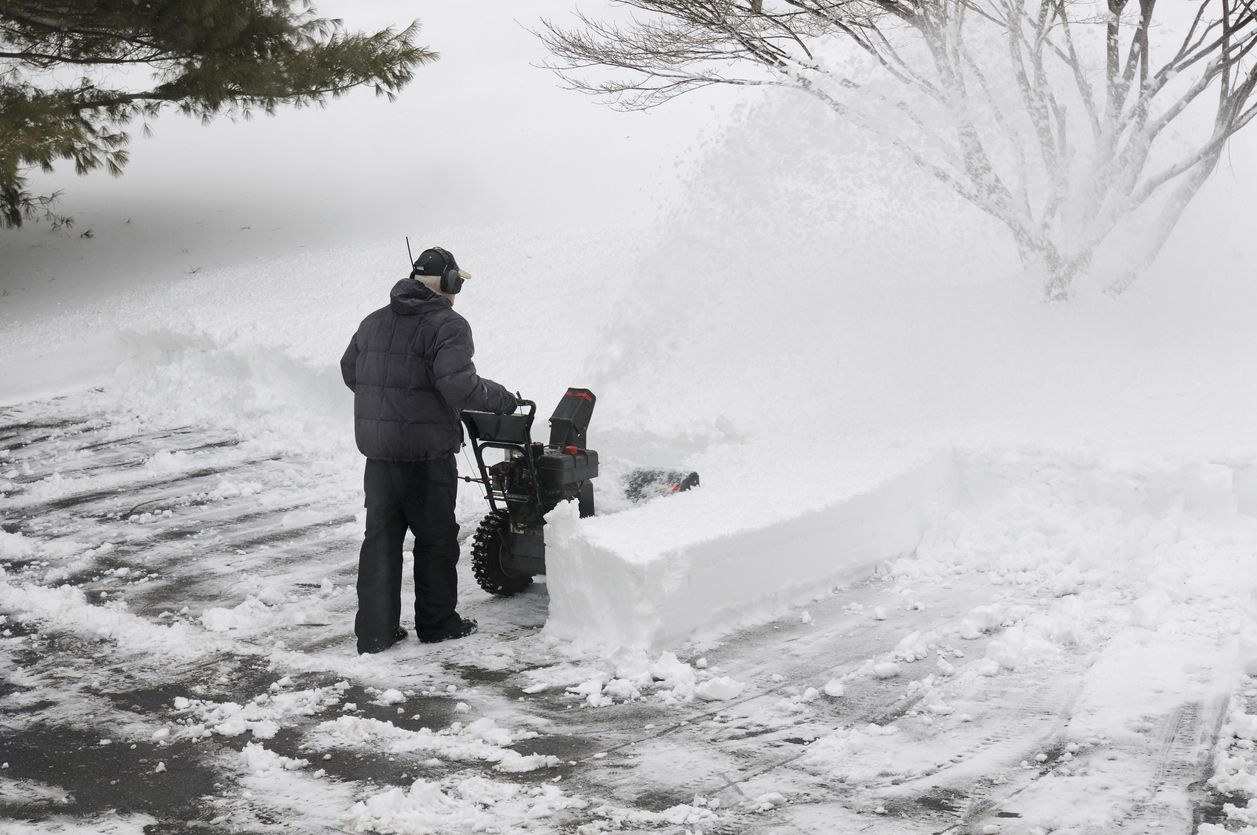
Clogs are a common issue for snow blowers, especially when the snow is heavy and wet. To reduce the occurrence of clogs, set a slow and steady walking pace while paying close attention to your footing to keep the machine moving forward. Also, if heavy snow is expected to fall for a long period, it’s a good idea to use the snow blower to clear the driveway, walkway, and patio several times throughout the day. This will allow the machine to handle smaller amounts of snow at a time, reducing the risk of clogs.

